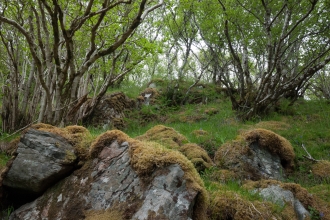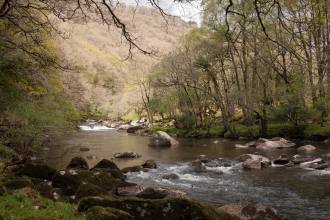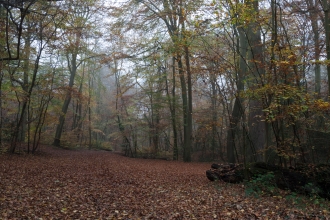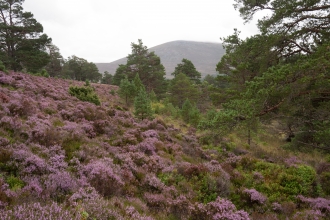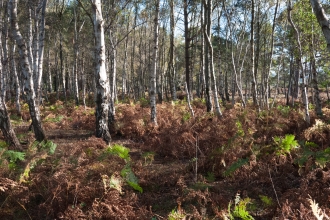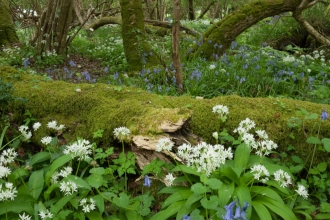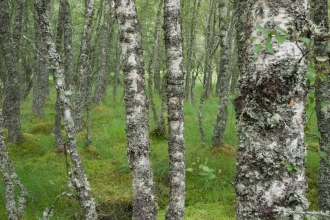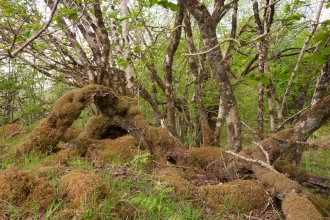
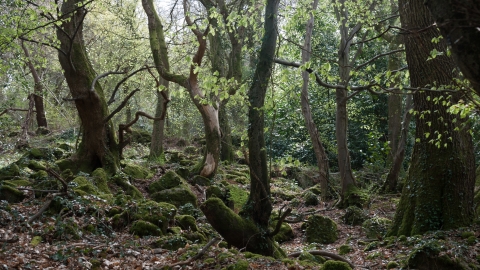

Woodland
Types of woodland
- Ancient woodland - this is woodland that is known to have been present since at least 1600! Some plants are slow to colonise. If they are spotted in a woodland then it is a good clue that the woodland is very old! These plants include wood anemone and enchanter’s nightshade.
- Broad-leaved woodland - this is woodland that has trees in that do not have needles. Instead the trees have leaves that are broad and different shapes. Most of these trees will be deciduous which means that they lose their leaves in the autumn.
- Wet woodland - this is woodland that often has trees such as willows, birches and alder that thrive in poorly drained or seasonally flooded soils.
- Caledonian forest - this is woodland that is mainly made up of Scots pine trees. Others trees might also grow here like birch, rowan and willow. You can only find Caledonian forest in Scotland.
- Secondary woodland - this is woodland that has developed through natural processes on land previously cleared of trees. It is usually species-poor compared to ancient woodland.
A natural solution to the climate crisis
UK woodlands cover approximately 13% of land area and are estimated to soak up around 21 million tonnes of carbon dioxide a year. That's around a third of the carbon dioxide emitted by cars every year in the UK. Our woodlands are a key tool in the box when addressing climate change for their carbon storage potential, but are less well known for their potential to limit flooding events, with wet woodlands providing a great service in slowing the flow of water downstream after extreme rain events.
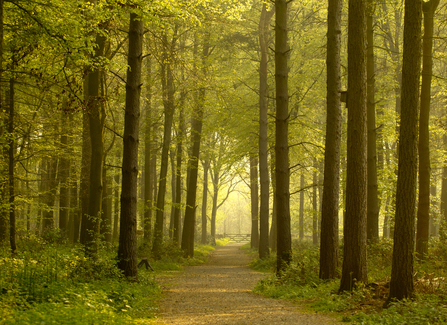
© Ben Hall/2020VISION
The history of woodlands
The woodlands we see today have been shaped by human history. The only truly wild woodlands that remain are inaccessible pockets in steep ravines, on cliffs or on some wooded islands in lochs.
Humans were using wood when they first arrived in Britain after the last Ice Age and have had a huge impact on the woodland since then. Some 12,000 years ago, retreating glaciers from the Ice Age left behind a bare, open habitat. The climate was cold and only low plants and lichens grew. The first trees to colonise were juniper and willow, followed by birches, aspen and then Scots pine. As the climate warmed, the pine trees retreated northwards, replaced by hazel then alder, oaks, elms and lime. Beech and hornbeam arrived later and never made it far north - possibly limited by the lack of woodland cover.
By the Neolithic period much of the UK was covered in wild woodland. This included clearings and glades created by storms and maintained by grazing animals like aurochs and wild boar. Then agriculture led to significant woodland clearance, which became faster with the development of metal tools in the Bronze Age. By the Iron Age, a human population of about 1 million was living in a land where 50% of the woodland cover had gone.
By the 20th century, woodland cover had reached an all-time low of about 5%. After the First World War, a need for woodland as a war-time reserve was recognised and planting began. This mostly resulted in coniferous forests on poor soils or within existing woodlands. By 1950, concern for the future of semi-natural woodlands began to grow as agricultural intensification led to further clearance. The conservation movement started protecting ancient woodland sites as nature reserves.
Woodland now covers around 12% of the UK and around half of this is coniferous plantation. The area of semi-natural ancient woodland is tiny – just 1.2 % of the UK. However, there is increasing interest in creating new woodlands.
The role of woodland in combatting climate change by storing carbon is better understood, although its importance in flood control is still overlooked. The creation and increasing popularity of Forest Schools has also seen children growing up loving woodlands and their wildlife.

